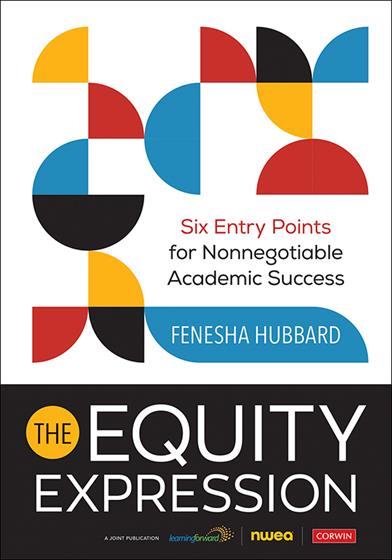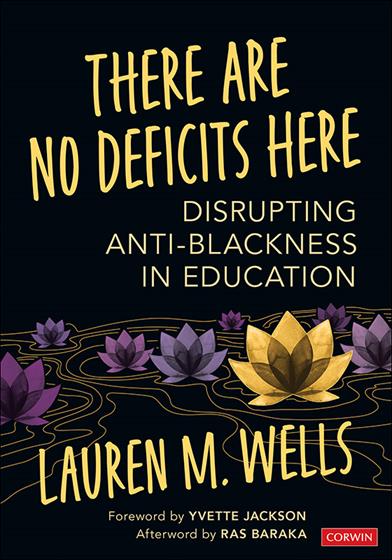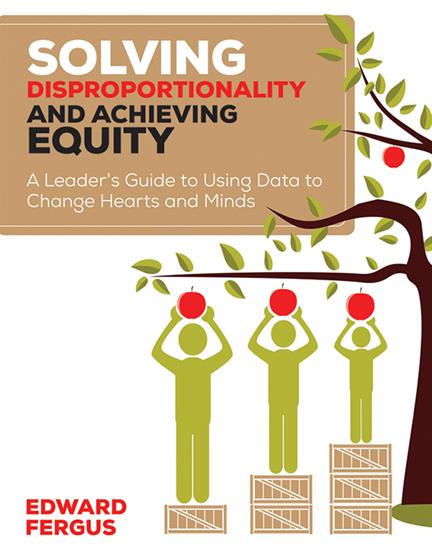Today's Civil Rights Fight: What's Math Got to Do With It?
By Elethia Nicole Bronson and Leroy L. Long, III
Education and Urban Society; 2023; Volume 55, Issue 8
Research shows that there are three common systemic barriers to Black student participation in STEM programs at all grade levels. This article reviews the research, describes those barriers, and offers recommendations for overcoming them, with particular attention given to the most impactful leadership moves.
The U.S. Bureau of Labor Statistics projects that STEM-related jobs will grow by nearly 11% between 2022 and 2032, which is nearly five times more than non-STEM-related jobs in the same period. Success in advance-level mathematics courses is strongly associated with enrollment in four-year colleges and salaries associated with STEM jobs are nearly double those in other areas. Yet, as reported in 2021, only 7% of STEM bachelor’s degrees and 5% of STEM master’s and doctoral degrees were granted to Black students. Such underrepresentation can be partly explained by limited access to quality instruction in our K-12 schools, limiting beliefs about the abilities of Black students, and a lack of rigorous support in the form of mentorship, tutoring, bridge programs, and open enrollment practices.
Numerous studies have also found that Black students have fewer opportunities to engage in advanced-level mathematics compared to their white peers. In 2018, it was reported that fewer than half of majority Black and/or Hispanic schools offered physics or calculus, and only 65% offered Algebra 2. This may explain why, in 2015, the College Board reported that only 9% of AP exam test takers were Black. Open access enrollment policies, mentor programs, summer workshops, peer study groups, and networking opportunities have all been shown to address such opportunity gaps while also improving instructional strategies and improving community relationships with parents.
Related Titles



Don't Have Much Time?
The Connection Between STEM and Black Community Economic and Social Well-Being and Barriers to Black Student Participation in STEM Majors and Careers contain succinct information outlining the connection between STEM education and civil rights. If you are already familiar with the subject, then be sure to read Removing Barriers and Increasing Black STEM Participation, which offers programs and strategies for addressing systemic obstacles to equitable STEM education. Leaders will want to read Considerations for Educational Leaders in Creating Equity in STEM Through Policy, Systems, and Practice, which identifies and discusses institutional changes that can make an enormous difference for minoritized students and teachers alike.
Reflection Questions and Next Steps
- Are you familiar with The Calculus Project, Jaime Escalante Math Program, SMASH Academy, or the Tallahassee Community College’s Math Champions Program? What do these programs offer that your STEM classes and school do not? Which of their equity strategies do you think you could easily implement? Which would require additional supports?
- What enrollment policies do you have in place for STEM classes? Are these policies making it harder for minoritized students to gain access to a quality STEM education?
- Do your students have access to summer or preview programs that cover essential STEM subjects, like algebra? What resources do you need to inaugurate one? Are there others in your school who have recognized a need for them? Has that need been communicated to leadership?
- What do you know about historically black colleges and universities? They represent just 3% of all universities in the United States but produce 27% of Black undergraduates with STEM degrees and 30% of all Black doctorate earners in science and engineering. What programs, supports, and policies do they have in place that your school could learn from?
